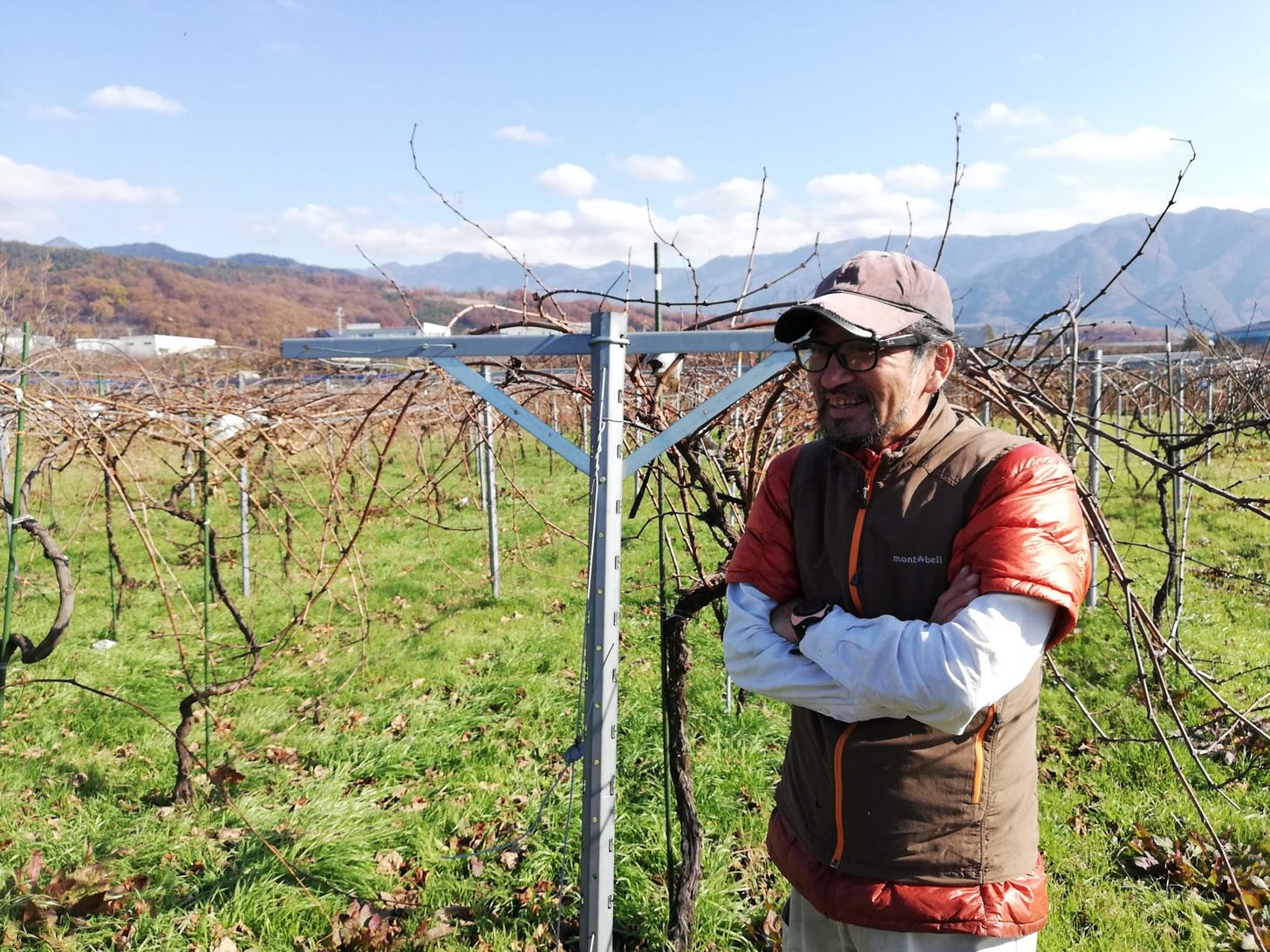Japanese orange wines - recommended producers
Simon recommends his top six orange wine producers from Japan - exclusive content that has so far only been published in the Japanese edition of Amber Revolution.

My book about orange wine Amber Revolution was published in a Japanese language edition in March 2020 (It joins the existing Korean and Taiwan editions, Italian and Ukraine editions are forthcoming). The Japanese edition is the only one which adds new material that wasn't in the original English language edition. For anyone curious about the exciting an…
Keep reading with a 7-day free trial
Subscribe to The Morning Claret to keep reading this post and get 7 days of free access to the full post archives.



